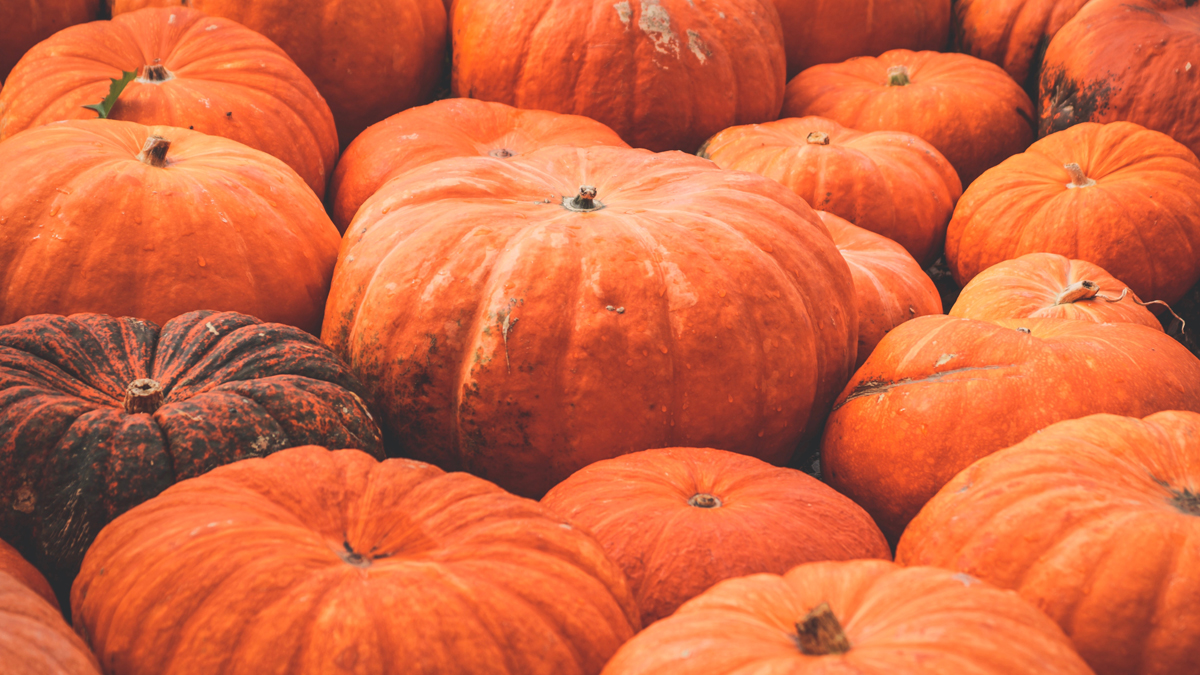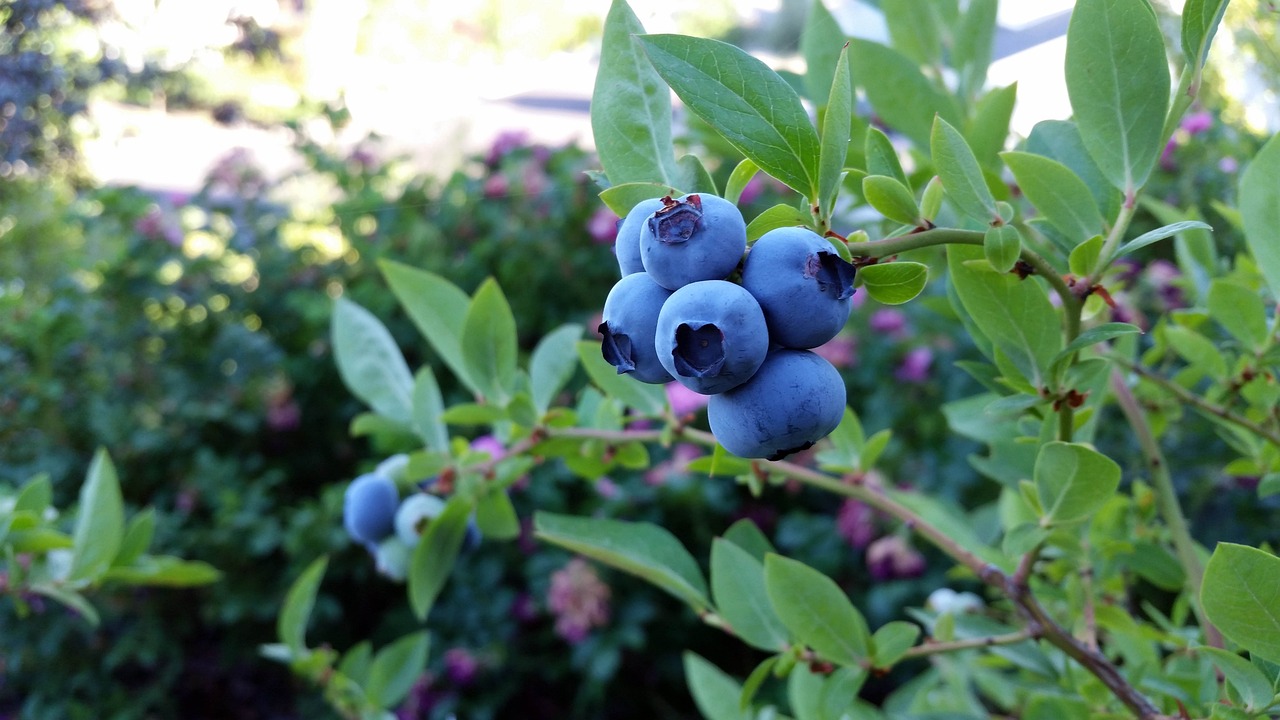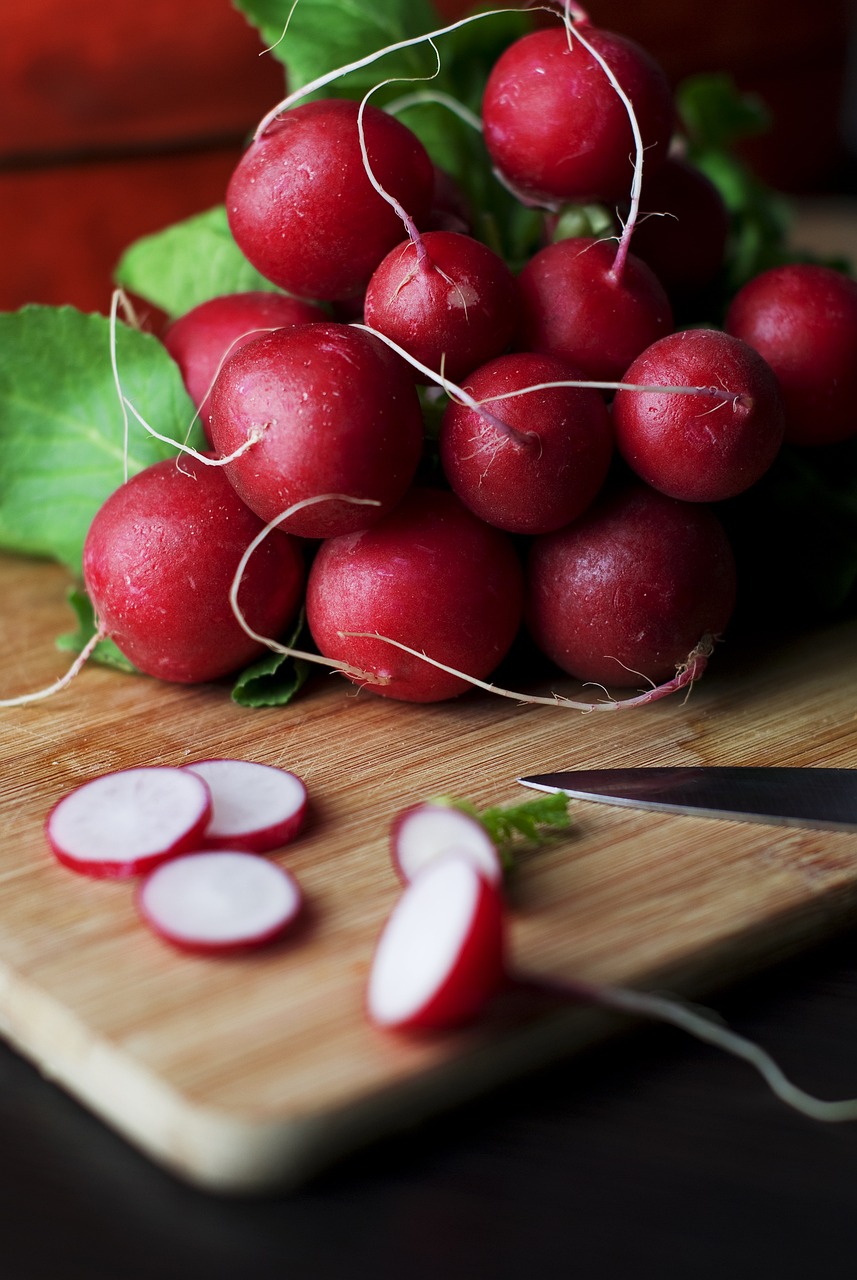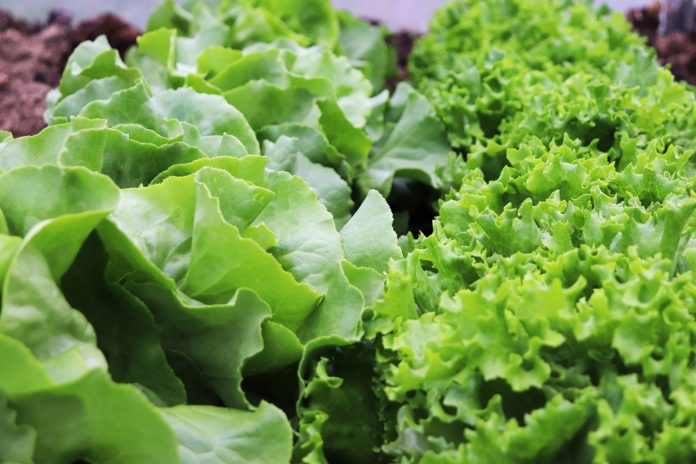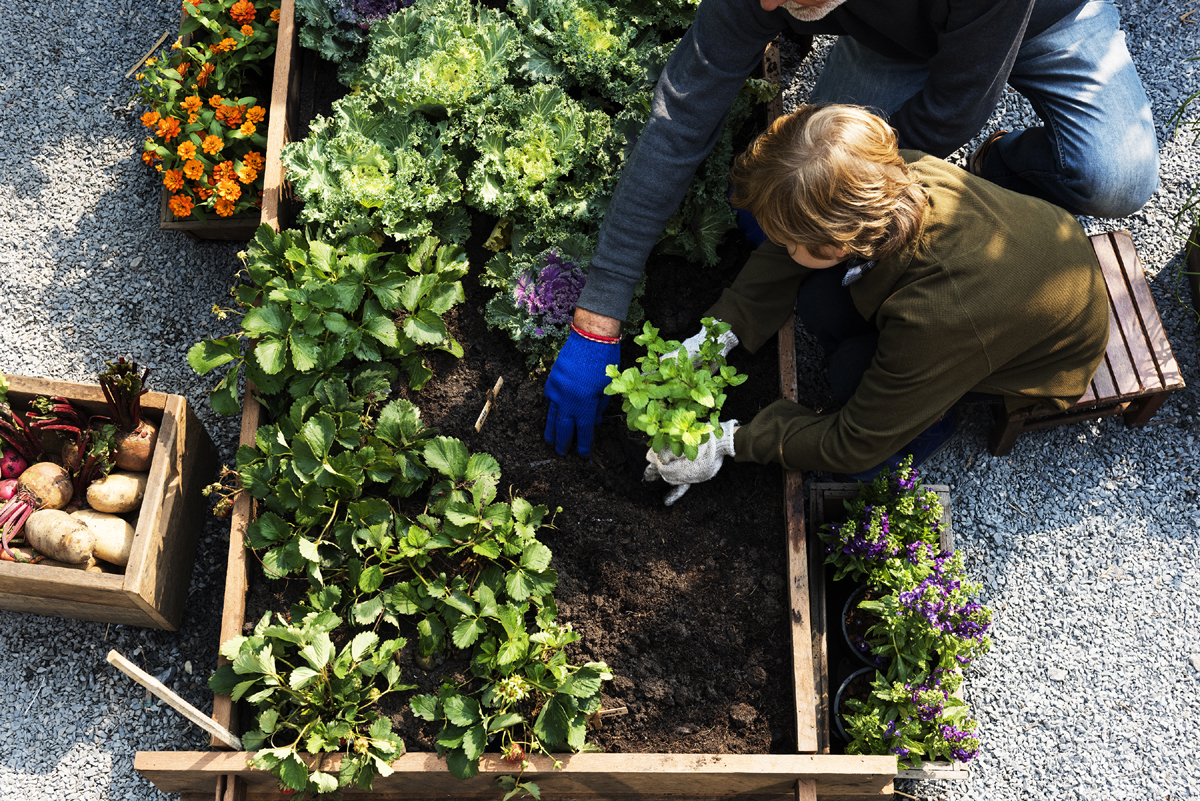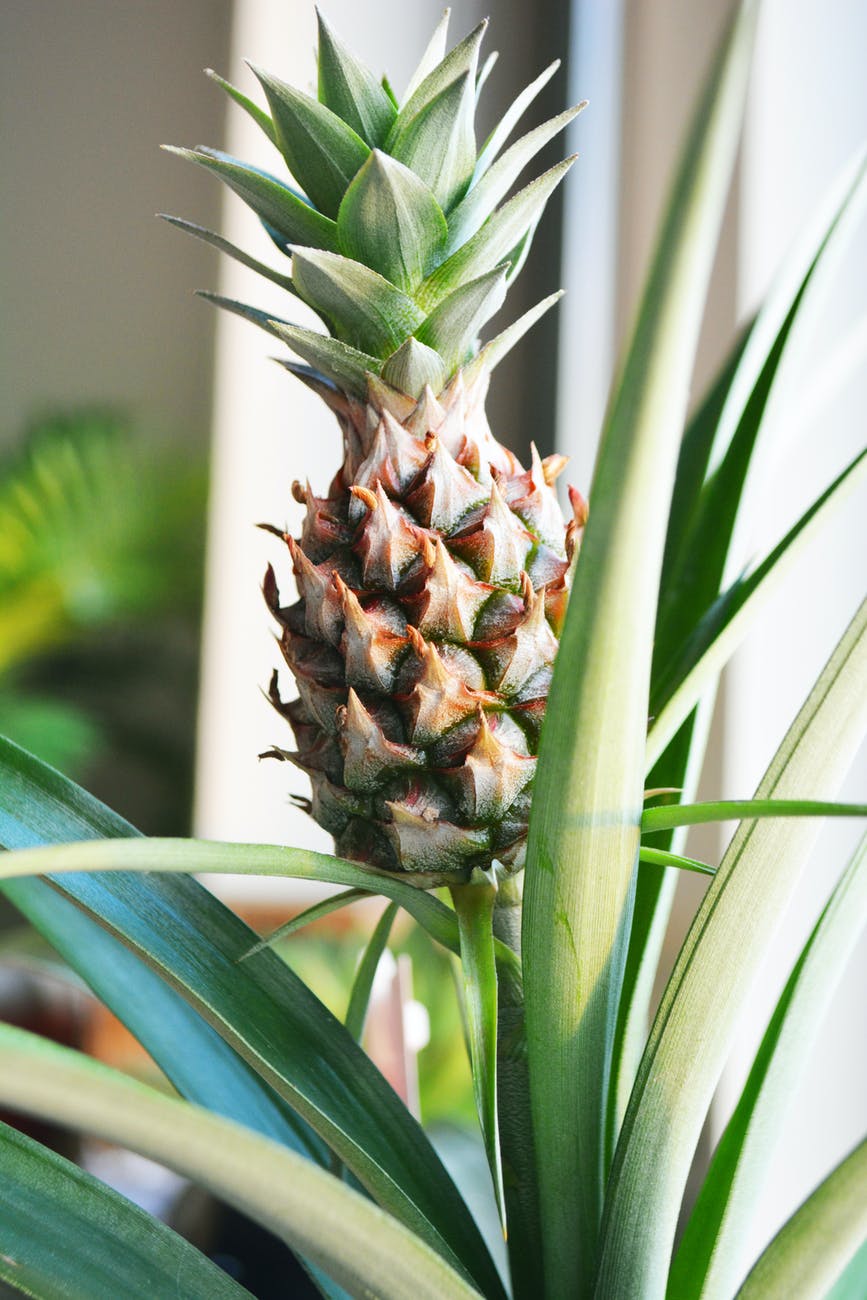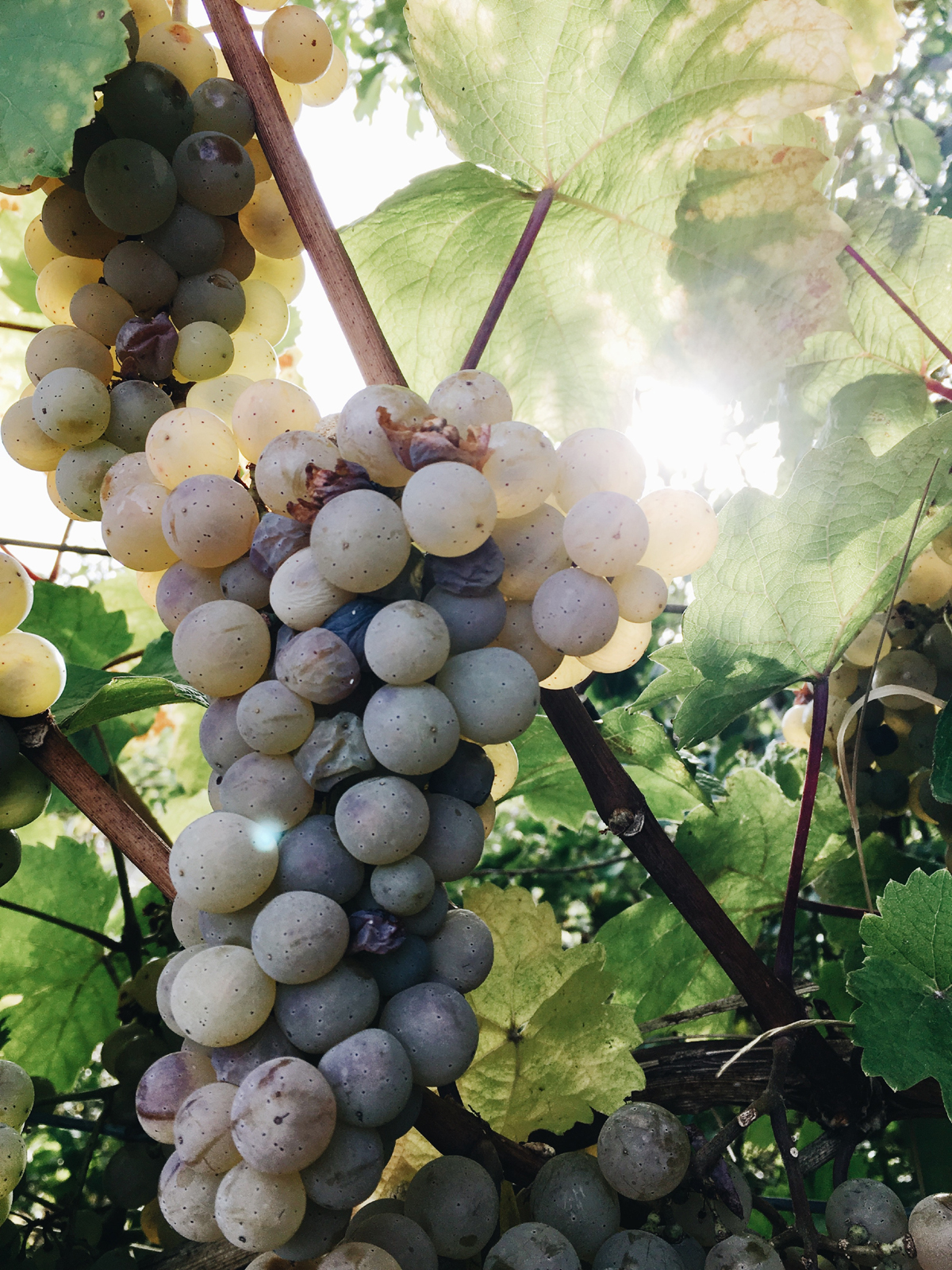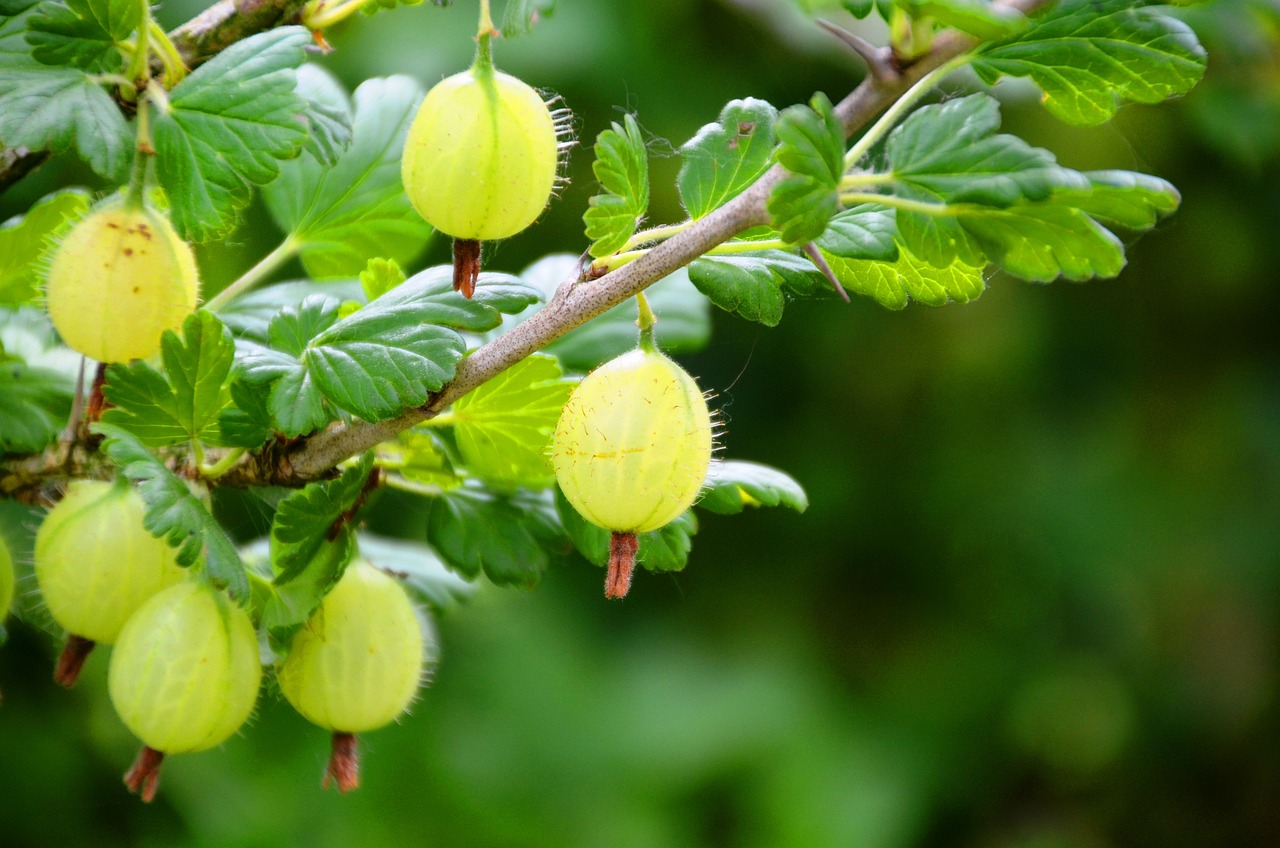Asparagus: From Seed to Harvest
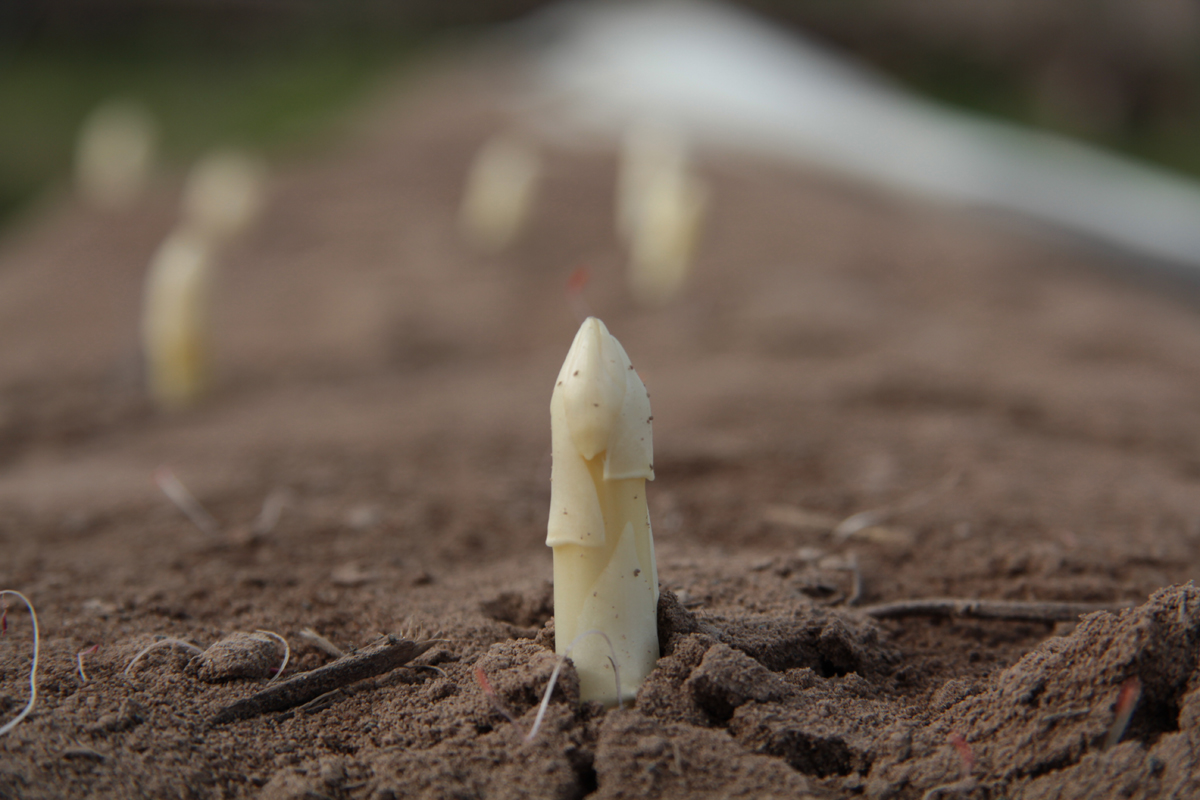
I love asparagus. It can be eaten raw in a salad (or by itself), steamed or my favorite, grilled. Growing asparagus from seed has but one drawback, that would be, the time investment it will take before you can harvest it.
The average harvest time from the moment you plant the seed until the asparagus is on your dinner plate is three years. Yes, you read correctly, three years. With that drawback however, the bright spot is that asparagus is a perennial. Meaning, it will come back every year for fifteen to twenty years!
If you want to bypass starting it from seed, you can do that, as your local garden center more than likely sells asparagus crowns. Just be sure to read the package to see the age of the crown. If you are looking to get asparagus in your first season, you will want to choose a package that reads “3 year” or “3rd year” (these are not that common to find). It may also read something to the effect of “asparagus in first season”.
But if you are like me, in no hurry and enjoy the challenge of starting vegetables from seed, then read on as I outline some tips to make sure the time invested produces wonderful results.
As with any other vegetable, give your asparagus seeds a head start by germinating them indoors in fertile seed starting soil that is seventy to eighty degrees Fahrenheit. Regardless of which method you use to start your seeds, expect germination to average ten to twelve days. Be sure not to plant your seeds any deeper than one quarter of an inch. You may be able to get away with a half inch, but a quarter will be plenty.
When spring rolls around and outside temps, especially at night, stay above fifty degrees Fahrenheit, then it’s time to move them outdoors where they will remain for the next twenty years. So be sure to choose a good location for them. They are going to be there awhile.
The location you choose should receive sunlight eight hours per day. Asparagus, however, will tolerate partial sun, but make sure they get at least a minimum of four hours per day.
You should have already prepared the spot long before your asparagus starters are ready to move. What that means is, the pH of your soil should be 6.5 to 7.5. If you amend your soil with plenty of compost, it should be good to go. Just be sure to take a reading, just in case.
When planting, space them out at least eighteen inches. They are going to spread a bit over time, so make sure you give them the room they need to do so. Asparagus loves a wet soil, so be sure to give them a heavy watering keeping the ground, soft and moist.
In the first two seasons, let your asparagus grow. Do not clip any of them off. They will grow into fern looking arrangements and that is a good thing. This gives your asparagus the ability to strengthen the roots.
In season three, your asparagus will be ready to harvest. While you won’t harvest a lot of asparagus, you will still be able to get some to enjoy. I find the best way to harvest the spears is to simply bend them at the base and break them off. You will hear the snap of freshness.
The popular varieties include Martha and Mary Washington, however there are number of hybrids, including two developed in my home state of New Jersey by Rutgers University called Jersey Giant and Jersey Knight.
If you are a fan of this great tasting veggie, invest the time to grow it. You won’t be disappointed.
The Author:
Mike Podlesny is the author of Vegetable Gardening for the Average Person: A Guide to Vegetable Gardening for the rest of us, and creator of the monthly Seeds Club. https://averagepersongardening.com/seedsclub/step_2.php

